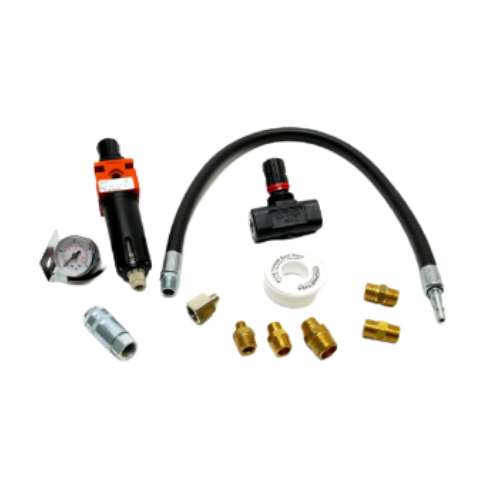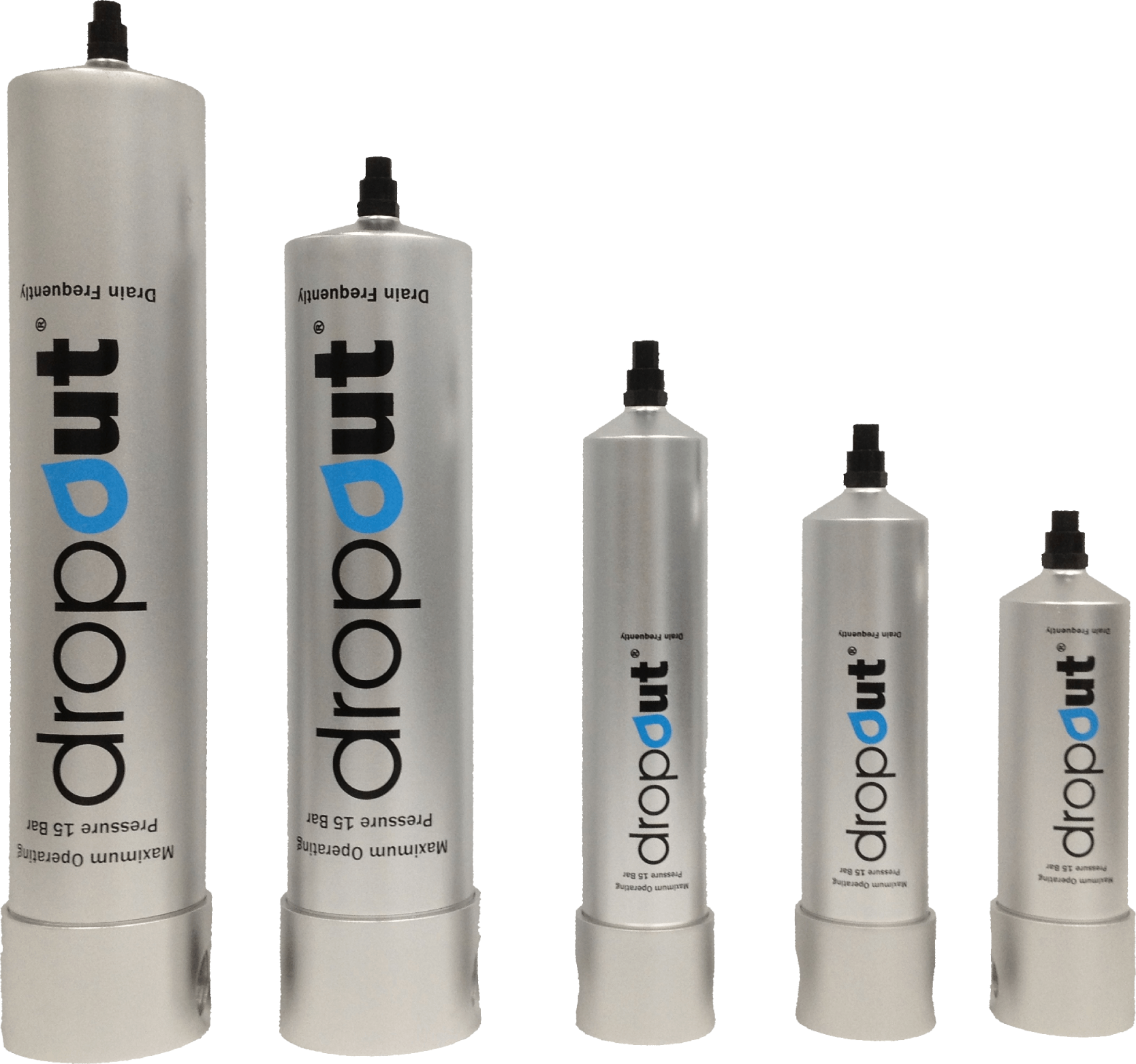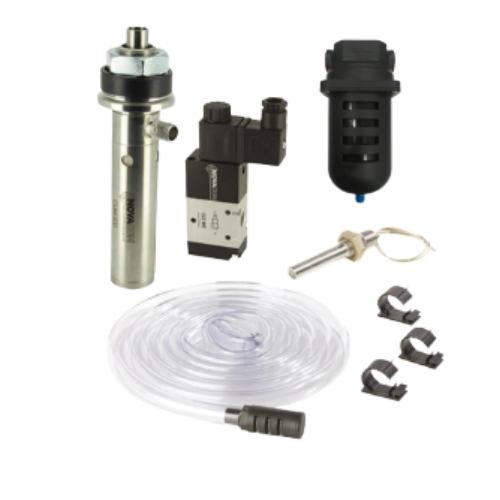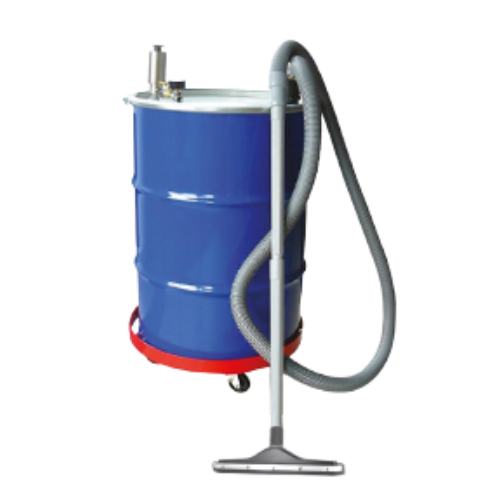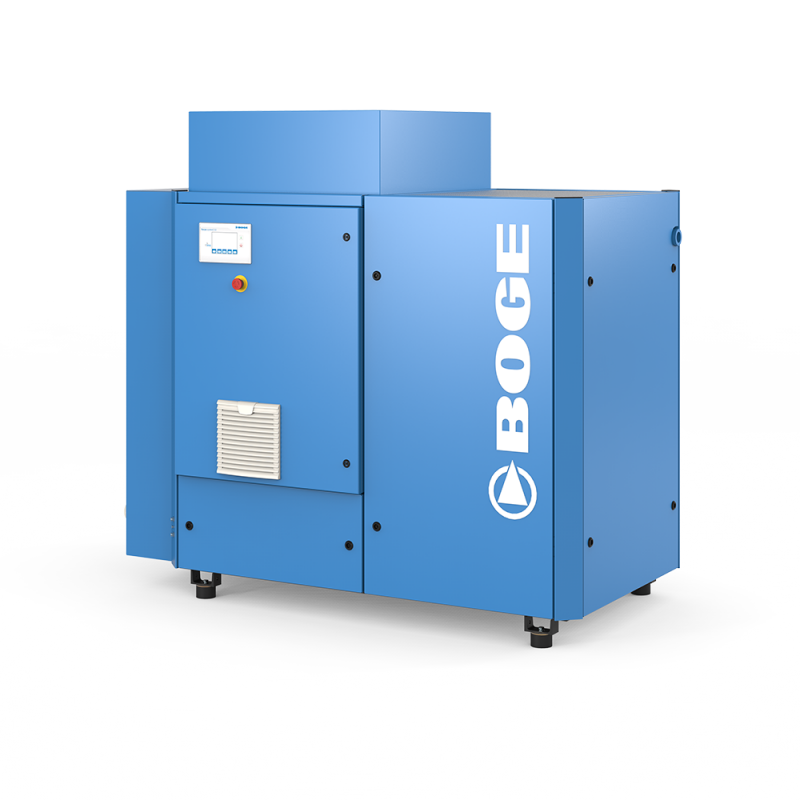Diaphragm Pump
Diaphragm Pumps: A Comprehensive Guide

Diaphragm Pumps: A Comprehensive Guide
Diaphragm pumps are widely used in industrial applications. This guide will provide a comprehensive overview of diaphragm pumps, exploring their fundamental principles, selection criteria, and maintenance considerations.
Understanding Diaphragm Pump Fundamentals
-
Reciprocating Action
Diaphragm Pumps operate by reciprocating action, where a diaphragm moves back and forth, creating a suction and discharge cycle.
-
Fluid Displacement
The diaphragm’s movement displaces the fluid, drawing it into the pump chamber and then forcing it out through the discharge port.
-
Versatile Applications
Diaphragm pumps are suitable for handling a wide range of fluids, including viscous liquids, slurries, and abrasive materials.
-
Positive Displacement
Diaphragm pumps are positive displacement pumps, meaning they deliver a fixed volume of fluid per pump cycle, regardless of pressure fluctuations.

Key Factors in Diaphragm Pump Selection
Flow Rate and Pressure
Determine the required flow rate and pressure for your application. These factors will influence the pump size and configuration.
Fluid Properties
Consider the fluid’s viscosity, corrosiveness, and abrasiveness. Choose a pump with materials compatible with the fluid.
Application Requirements
Analyze the specific application needs, such as the environment, duty cycle, and potential for contamination.
Assessing Flow Rate and Pressure Requirements
Process Analysis
Analyze the process to determine the required flow rate. Consider the volume of fluid needed per unit time.
Pressure Considerations
Determine the necessary pressure to overcome friction, elevation, and resistance in the system.
Safety Margins
It’s crucial to factor in safety margins for flow rate and pressure to ensure sufficient capacity.


Evaluating Material Compatibility
Material
Advantages
Disadvantages
Stainless Steel
Corrosion-resistant, durable
High cost
Polypropylene
Lightweight, chemical-resistant
Lower temperature limits
Teflon
Excellent chemical resistance
Less mechanically strong
Considering Pump Mounting and Configuration
Vertical Mounting
Vertical mounting is ideal when space is limited or when the pump needs to be placed above the fluid level.
Horizontal Mounting
Horizontal mounting is often preferred for ease of access to the pump and for connecting piping.
Wall Mounting
Wall mounting saves floor space and can provide additional stability for the pump.


Maintenance and Servicing Considerations
Regular Inspections
Conduct regular inspections of the pump, checking for leaks, wear, and damage.
Lubrication
Lubricate moving parts according to the manufacturer’s recommendations.
Diaphragm Replacement
Replace the diaphragm at recommended intervals or when signs of wear are observed.
Fluid Filtration
Use filters to remove debris from the fluid, preventing damage to the pump.

Conclusion and Recommendations
Thorough Assessment
Conduct a thorough assessment of your application’s needs, considering flow rate, pressure, fluid properties, and environmental conditions.
Proper Maintenance
Follow the manufacturer’s maintenance recommendations for optimal performance and longevity.
Expert Consultation
Seek expert advice from pump specialists to ensure the selection of the most suitable diaphragm pump for your specific application.




